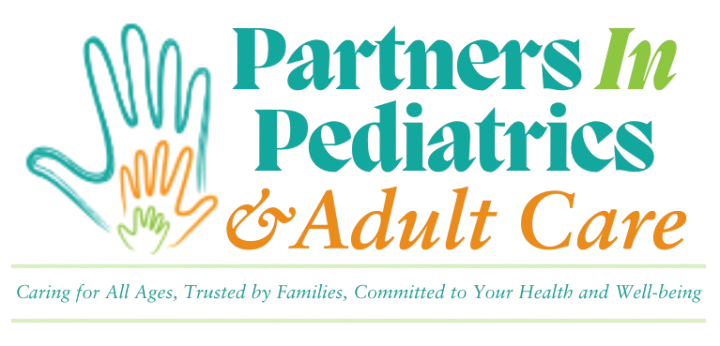
What Is Diabetes?
Diabetes is a serious, chronic metabolic disorder where the body either does not produce enough insulin or cannot effectively use the insulin produced. Insulin is a hormone that helps regulate blood sugar levels. In the United States, over 26 million children and adults—more than 8% of the population—are affected by diabetes. It ranks as the seventh leading cause of death, surpassing breast cancer and AIDS combined.
While diabetes can lead to serious health complications, it can often be managed successfully with lifelong treatment and careful monitoring.
Request an AppointmentTypes of Diabetes
Diabetes has different types based on its causes and how it affects insulin production or use.
Type 1 Diabetes
Previously called juvenile diabetes, Type 1 affects about 5% of people with diabetes. It is an autoimmune condition where the body attacks the insulin-producing cells in the pancreas, resulting in little or no insulin production. It commonly develops in children and adolescents, especially those with a family history or genetic predisposition.
Type 2 Diabetes
Once known as adult-onset diabetes, Type 2 now affects up to one in three children due to rising obesity rates. This is the most common and often preventable form of diabetes. In Type 2, the pancreas produces insulin, but the body’s cells do not respond properly, causing insulin resistance. Over time, insulin production may decrease.
Symptoms of Diabetes
Symptoms of Type 1 Diabetes
- Frequent urination
- Increased thirst
- Hunger
- Unexplained weight loss
- Fatigue
- Irritability
Symptoms of Type 2 Diabetes
- Symptoms similar to Type 1
- Blurred vision
- Frequent infections
- Tingling or numbness in hands or feet
- Cuts or bruises that heal slowly
- Recurring skin, mouth, vaginal, or bladder infections
Children with diabetes must closely monitor their blood sugar, diet, physical activity, and medication daily to manage the condition and avoid complications.
Diagnosis of Diabetes
Diabetes is diagnosed by measuring blood glucose levels through tests that may be done:
- After fasting
- After consuming a glucose-rich drink (oral glucose tolerance test)
- Randomly at any time
If blood sugar levels exceed certain thresholds under these conditions, a diagnosis of diabetes is confirmed.
Treatment of Diabetes
Children diagnosed with diabetes should be encouraged to take an active role in managing their condition as they grow. Key aspects include:
- Regular monitoring of blood glucose to avoid high (hyperglycemia) or low (hypoglycemia) blood sugar episodes
- Daily medication or insulin administration as prescribed
Without proper treatment, diabetes can lead to serious complications, such as:
- Heart disease
- Kidney failure
- Blindness
- Limb amputation
- High blood pressure (hypertension)
Managing diabetes requires a lifelong commitment, but with dedication and routine care, it can become a manageable part of everyday life.
